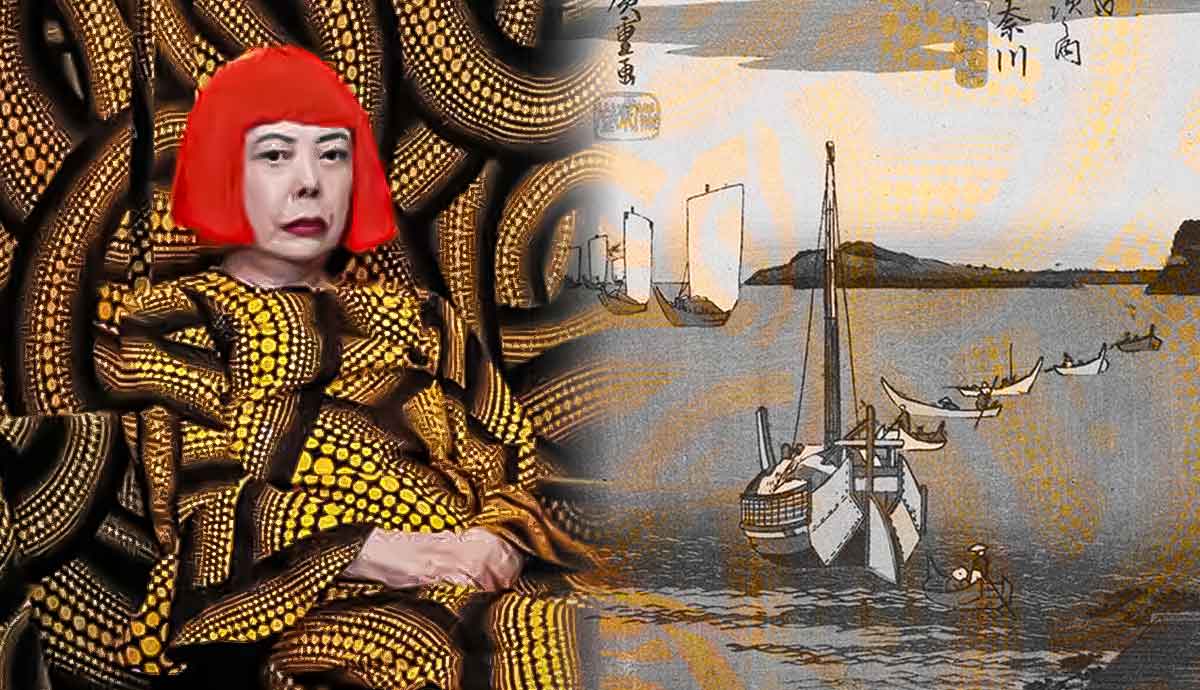
Before Elizabeth I ascended to the British throne, theatre was broadly seen as sinful and crude. The Renaissance, accompanied by the Reformation and philosophical Humanism, elevates the artform from traditional church led ‘mystery plays’ to classical drama. It could be argued that it was Queen Elizabeth’s patronage of the arts that popularized the form and gave us some of our most famous playwrights (Shakespeare, Marlowe, Kyd).
Although continuing in popularity under her successor King James I’s reign, the theatre responded to the restless political climate as well as advances in exploration, culture and scientific developments synonymous with the Renaissance. By the end of this era, theatre had transformed from the bawdy, humble beginnings to a more refined, literary pursuit recognizable today.
How Were Domestic and Political Interests Conveyed?

Influenced by Roman comedies, Elizabethan playwrights often centered their plots around ‘domestic’ matters. This meant a smaller cast of characters, lower stakes and private matters. The characters traditionally would be ordinary, working folk dealing with recognizable dilemmas. However, Jacobean theatre widened its scope to encompass broader political and philosophical concerns. Frequently the cast of characters will be of the noble class, royalty and clergy; their personal motivations impacting on the courts they preside over. Plays such as Webster’s The Duchess of Malfi exemplify this type of drama.
What Was the Difference Between English and European Settings?

In early Elizabethan theatre, the influence of English pastoral plays were still evident. Of these, Nicholas Udall’s Ralph Roister Doister demonstrates the typical facets of English farce of the time. The braggart soldier at the centre of the drama arrogantly believes that every woman he meets is in love with him. Played for comedy, the drama contains a moral message recognizable from early morality plays. In contrast, Jacobean plays took geographical inspiration from the Renaissance and were usually set in mainland Europe (particularly Italy) or based in antiquity (such as Greek or Roman settings). This trend can be seen in the canon of Shakespeare’s works which center around noble houses in Italy.
Locations and Venues

The successful opening of The Theatre in 1576 paced the way for plays as a popular form of entertainment for all classes in Elizabethan England. These theatres, mostly open air with two or three levels, were open to all social classes with entrance fees varying accordingly. The mixed audience is reflected in the content of the plays produced in this era which dealt with broad, humanistic themes that would appeal to the everyman. Later, more intimate indoor candlelit performance spaces popular in the Jacobean era, gave upper class theatre goers the opportunity for exclusivity. This is similarly reflected in the shift in content toward more sophisticated court politics.
How Did Acting Styles Differ?

Elizabethan audiences almost exclusively experienced plays in large, open-air venues such as The Rose or The Globe. These could have up to 2000 audience members at any time, and (unlike today) there was no expected standard of behavior from the audience so walking around, talking and heckling were commonplace. Therefore, the acting style could be termed ‘formal’ or ‘presentational’ with a focus on clear delivery, often directly to the audience. When audiences moved to smaller, more intimate interior venues such as The Blackfriars Theatre, the favored acting style naturally developed to suit the space therefore becoming more natural.
How Did Comedy and Tragedy Manifest?

Generally speaking, Elizabethan theatre was open to everyone therefore the language, themes, characters and plots had to appeal to diverse tastes. Comedies could include broad slapstick alongside witty wordplay; Shakespeare’s early comedies being shining examples of this. While tragedies were popular, the genre often contained fairly straightforward plots and occasional comic relief such as can be found in Arden of Feversham first performed in 1592. Playwrights of the Jacobean era, honed tragedies into darker, more complex tales with the most famous of these termed ‘Revenge Tragedies’. The violence in these is more extreme and the consequences more dire than in earlier works.










